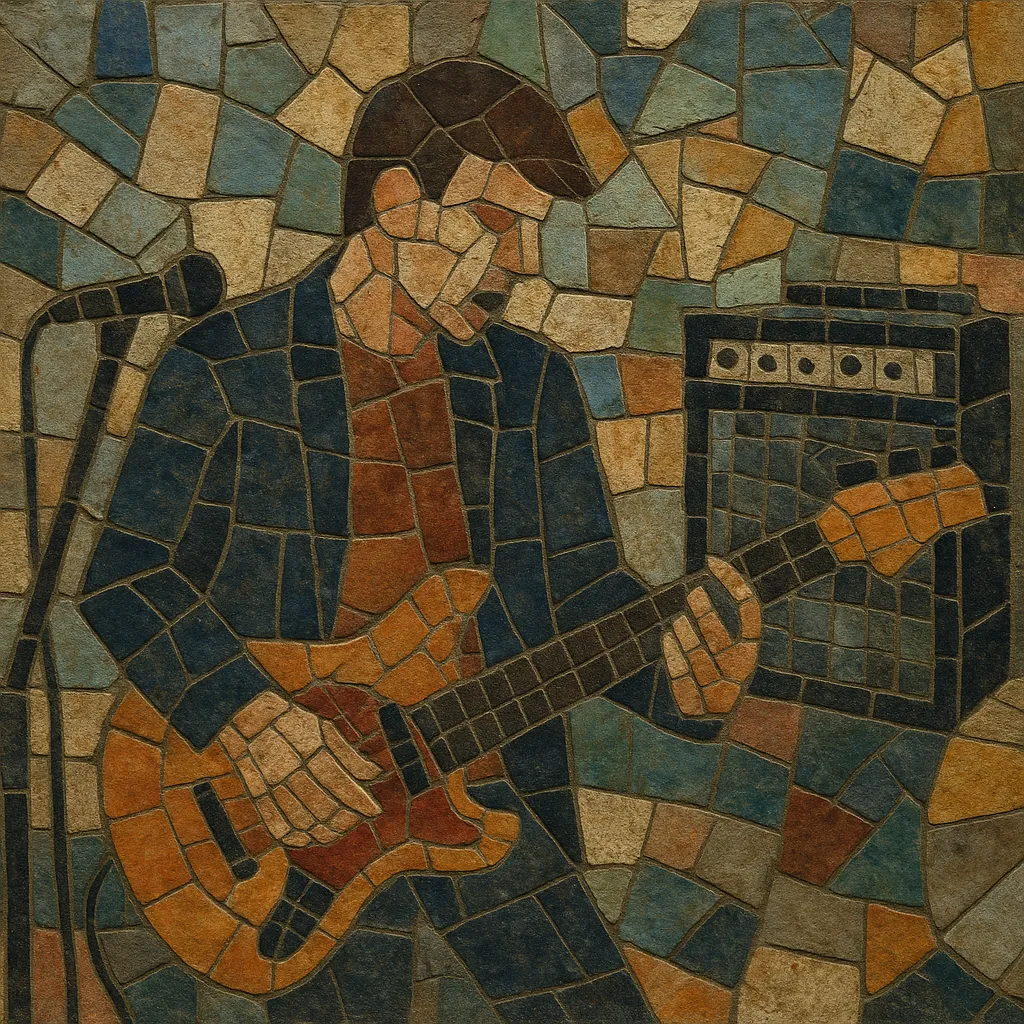Hamburger Schule is a German indie/alternative rock movement that emerged around Hamburg in the early 1990s. It is defined by intellectually charged, German‑language lyrics that mix social critique, irony, and introspection with a distinctly literate tone.
Musically, the style blends indie and alternative rock foundations with post‑punk angularity, noise‑rock textures, and occasional funk/disco inflections. Arrangements tend to be lean and text‑forward, featuring crisp guitars, melodic bass lines, and restrained, often dry production. Vocals range from deadpan sprechgesang to emotive singing, always prioritizing the words’ semantic weight.
Beyond a sound, Hamburger Schule represents a scene: DIY labels (notably L’Age D’Or and Buback), small venues, and a press discourse that framed the movement as a “Hamburg school” of thought—an approach to pop that welcomed theory, politics, and poetry inside catchy, guitar‑driven songs.
Hamburger Schule crystallized out of late‑1980s German indie and punk scenes, with Hamburg serving as a hub for artists seeking a German‑language alternative to Anglo‑American rock templates. Early catalysts included politically minded punk (e.g., Die Goldenen Zitronen) and experimental/indie outfits that favored literate, reflective writing.
The movement’s identity solidified in the early 1990s through bands such as Blumfeld, Die Sterne, and later Tocotronic. Independent labels L’Age D’Or and Buback enabled a steady flow of records and fostered aesthetic coherence: tight guitar music, minimalistic production, and lyrics that embraced philosophy, social theory, and everyday life. Media discourse coined and circulated the term “Hamburger Schule,” framing it as a local school with a shared attitude rather than a strict genre.
As the scene matured, its sound broadened: some groups added funk/disco grooves, others noise‑rock edges or pop clarity. The lyrical voice remained central—ironic yet earnest, critical yet catchy. While centered in Hamburg, the aesthetic radiated to other German cities as artists, labels, and collaborators migrated and cross‑pollinated.
By the 2000s, a second wave drew from the same principles—German‑language indie with smart, text‑driven writing—while adopting contemporary indie/pop and post‑rock influences. The movement’s most enduring legacy is its legitimization of complex, German‑language lyricism within accessible guitar music, shaping how subsequent German indie and pop acts write, arrange, and present themselves.


